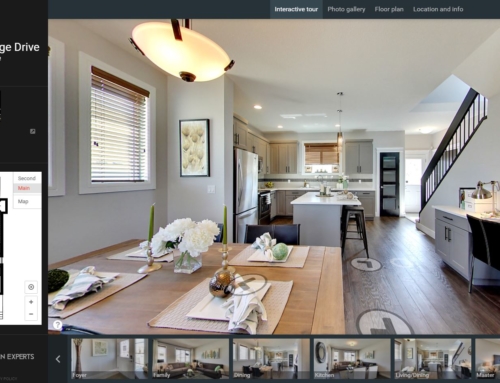1. Shovel snow away from your home’s foundation.
Why: The key to avoiding foundation deterioration and expensive repairs is to prevent water from pooling around the base of your house. If maintaining a snow-free moat isn’t possible, consider focusing your efforts on areas more prone to water damage, such as basement windows and concrete steps.
How: Grab your shovel and start digging-but mind you don’t over-exert and be sure to hydrate.
Time: 30 minutes to four hours after each snowfall.
Materials: Shovel, $20-$50.
Professional Help: $350/season and up.

2. Remove ice dams on low-pitched roofs and gutters.
Why: Come spring those dams will melt and can lead to damaged roof shingles and water seeping into your foundation.
How: Do preventive maintenance early in the season by installing de-icing cables. If needed, use a shovel or scraper to clear accumulated snow and chip away at ice.
Time: One to two hours to install cables; 30 minutes to two hours after each snowfall.
Materials: Shovel, $20-$50; de-icing cables, $25-$200.
Professional Help: $600 for cable installation; $300/season and up for snow and ice removal.

3. Remove snow and ice from external vents.
Why: Blocked vents can cause damage to your roof, but the real danger is to your heating and cooling systems. Extra pressure on these set-ups can lead to moisture problems-and possibly mould or rot in a home’s wooden structure.
How: Use a shovel or brush to clear accumulated snow and chip away at ice.
Time: 30 minutes to two hours.
Materials: Shovel, $20-$50.
Professional Help: $200/season and up.

4. Replace furnace filters.
Why: The business of air filters is to collect debris and allergens, so be sure to replace them every three months to keep your furnace running effectively (and your home toasty!).
How: If in doubt, consult your manual, and be sure to note whether you’re working with a disposable or non-disposable filter (the latter can be washed with non-toxic soap and tap water).
Time: Five minutes.
Materials: $20-$160.
Professional Help: N/A.

5. Winterize yard furniture and equipment.
Why: A good patio set can set you back $500 or more, and a decent gas lawn mower can cost $300, so extending their lifespans saves you money.
How: Wipe down the furniture and, if possible, stack and store it in either a shed or garage. If items must stay outside, cover them with tarps. Your garden equipment should also be stored away from the elements, but before you do that, make sure to drain any oil, which will get sludgy over the winter. Store the liquid in a leak-proof container and take it to your local hazardous-waste facility.
Time: One to six hours.
Materials: $10-$50.
Professional Help: $75/piece of equipment and up.
Source: Reader’s Digest Canada.








